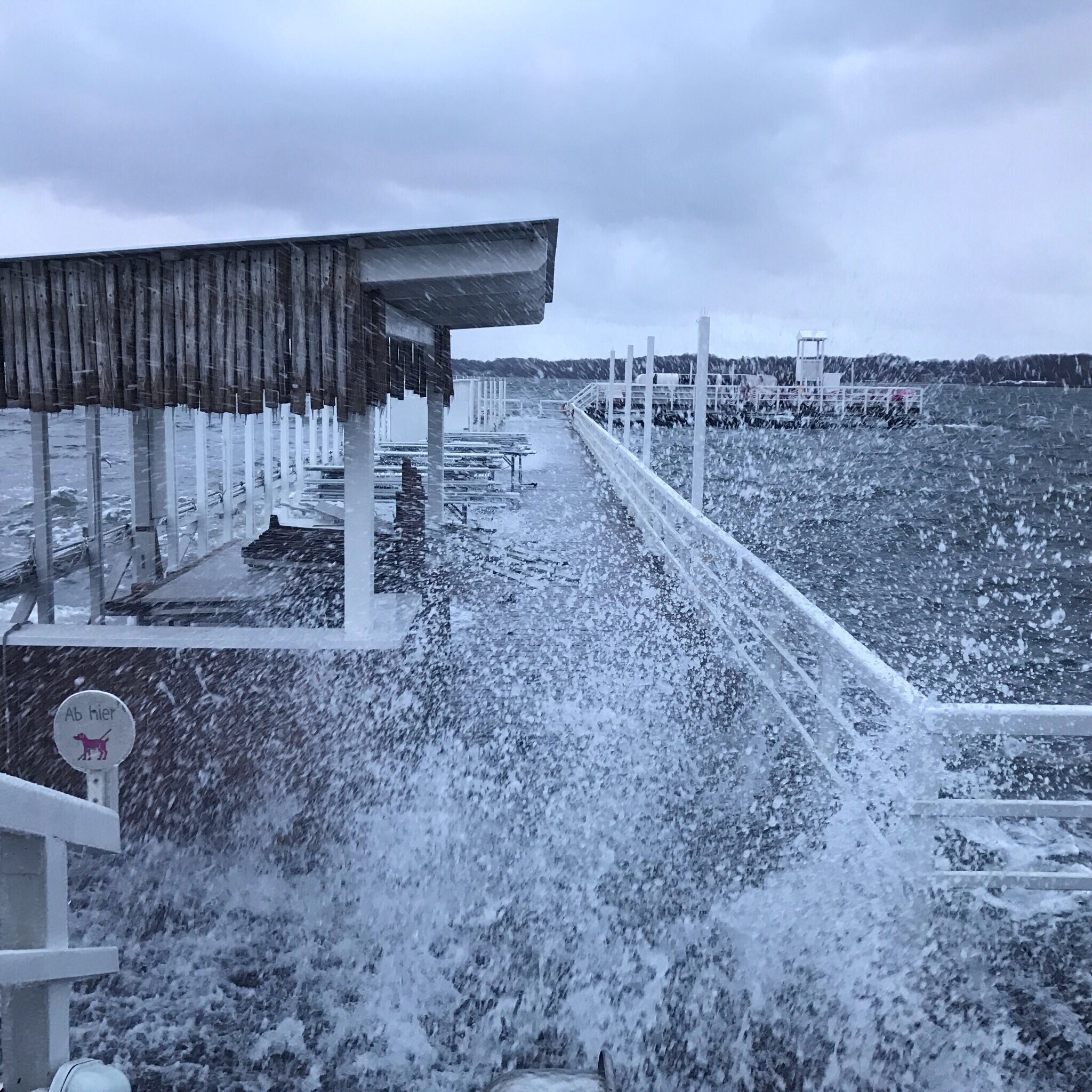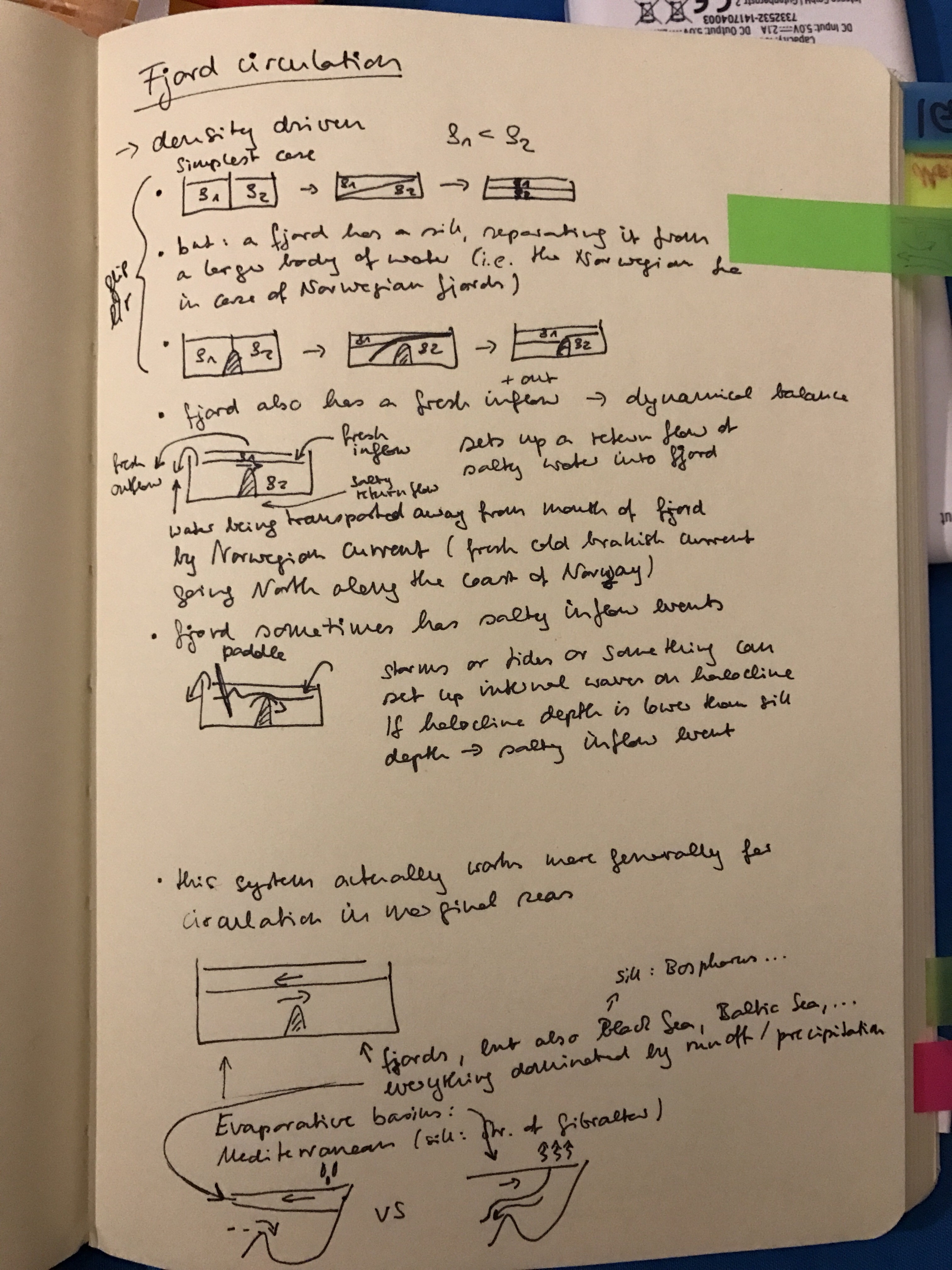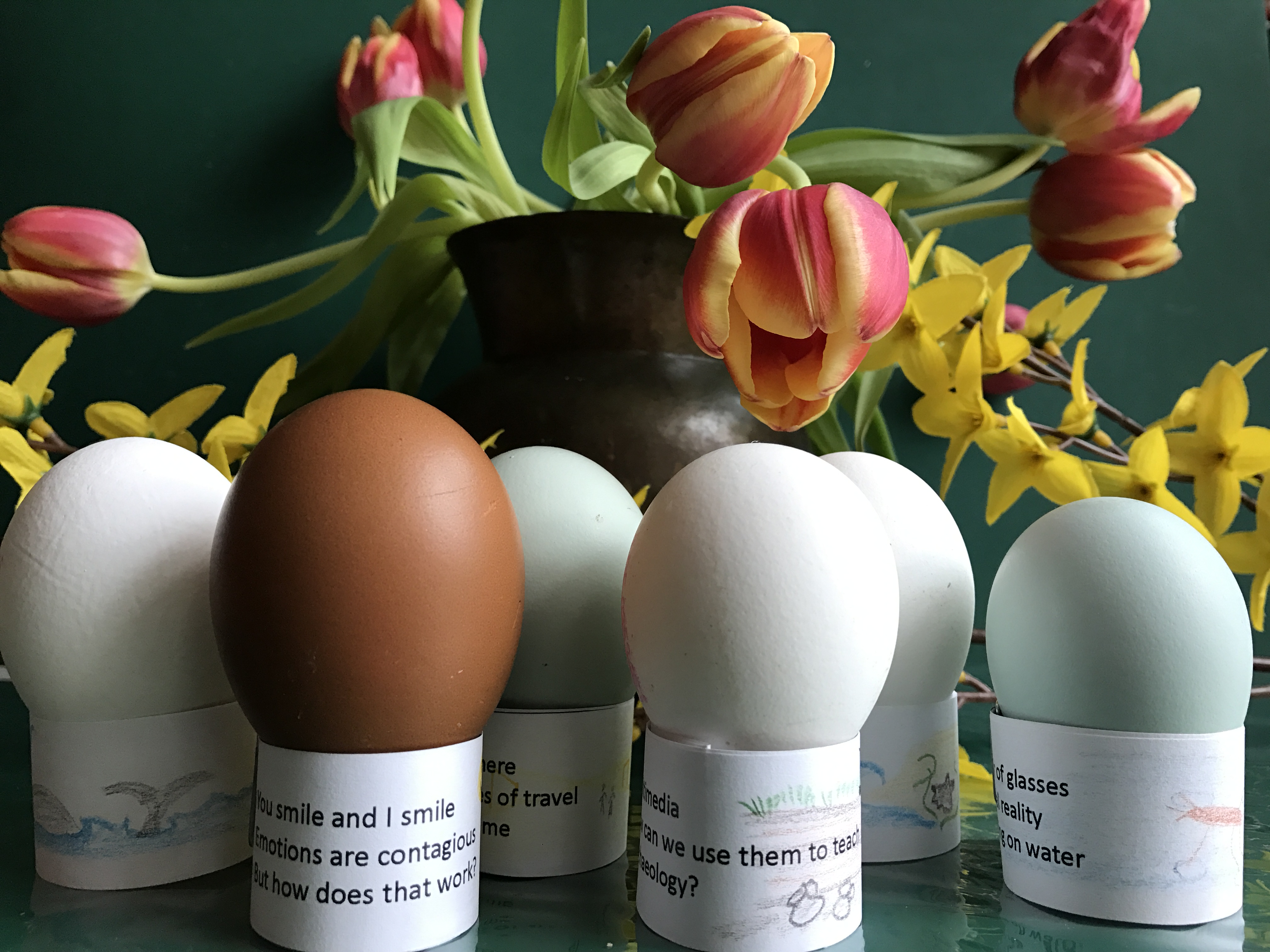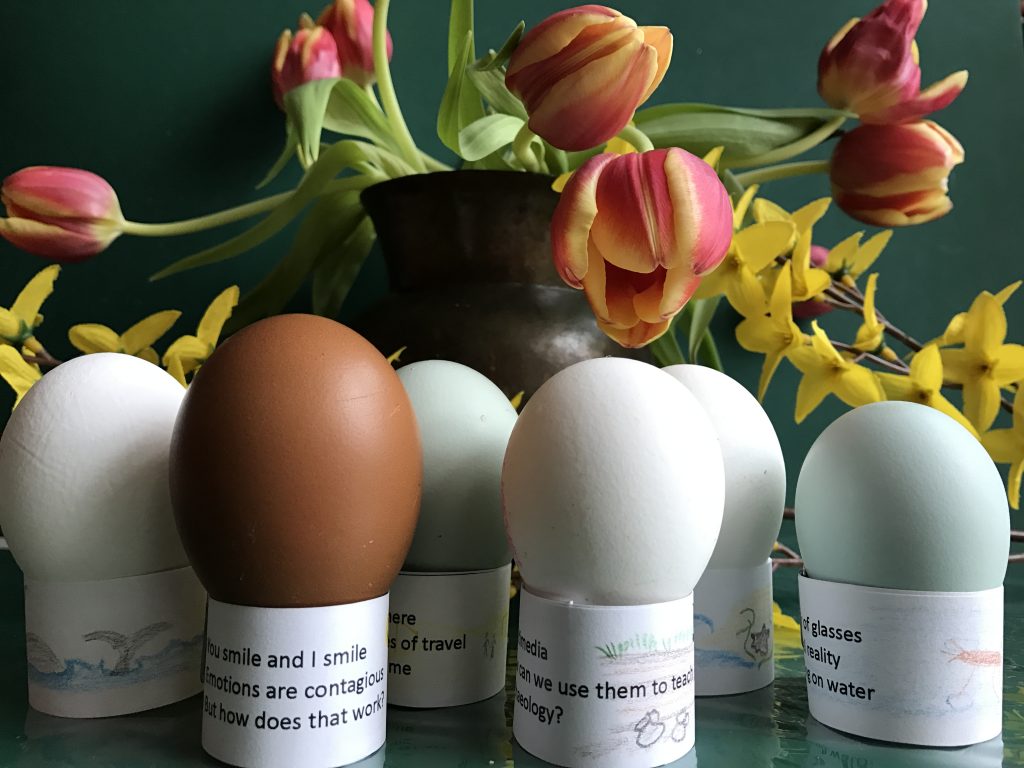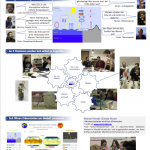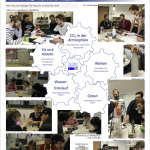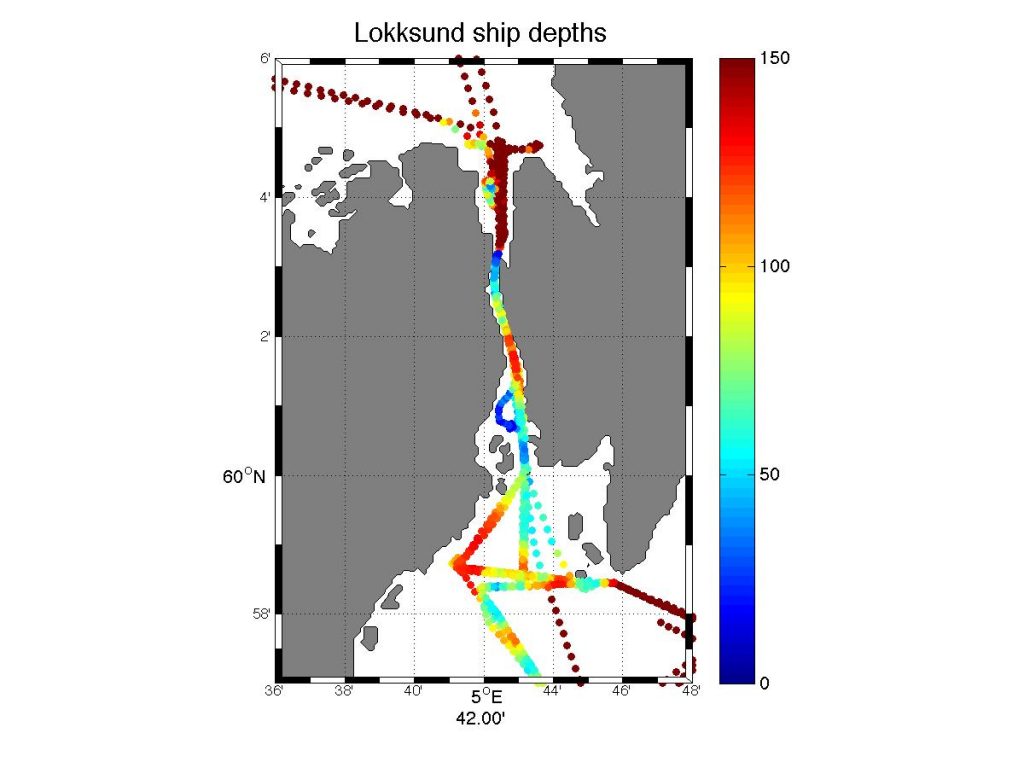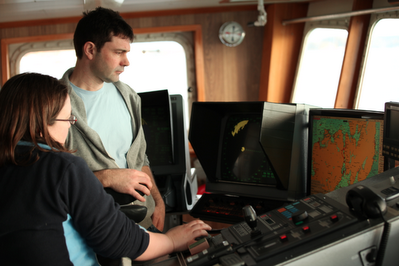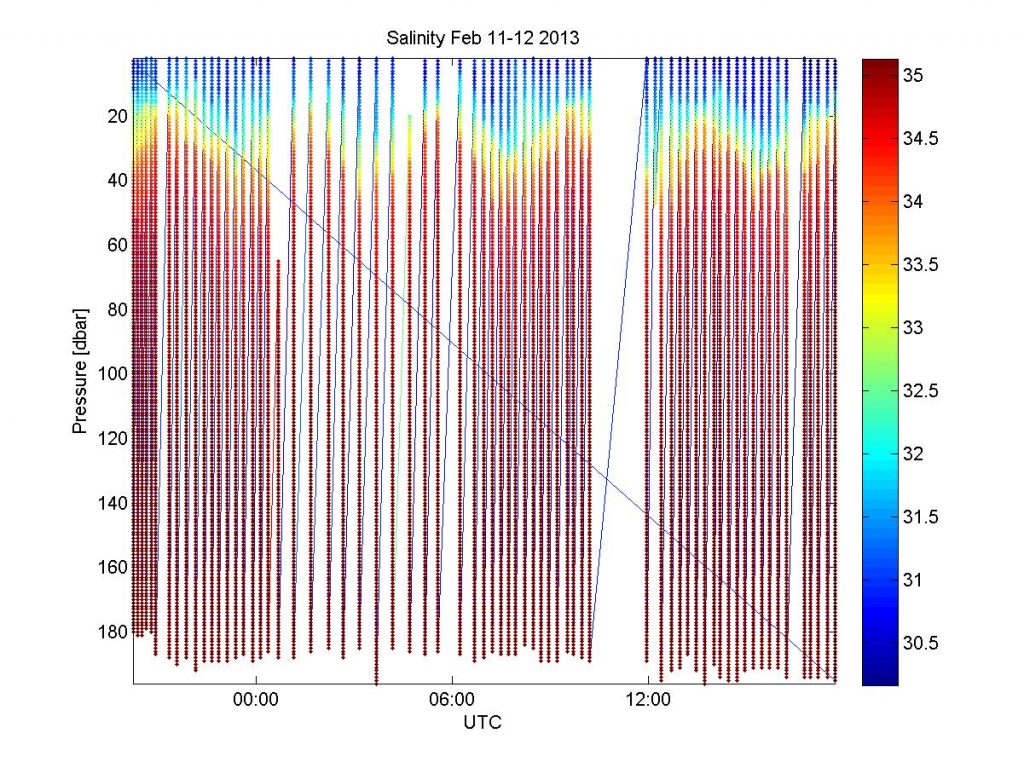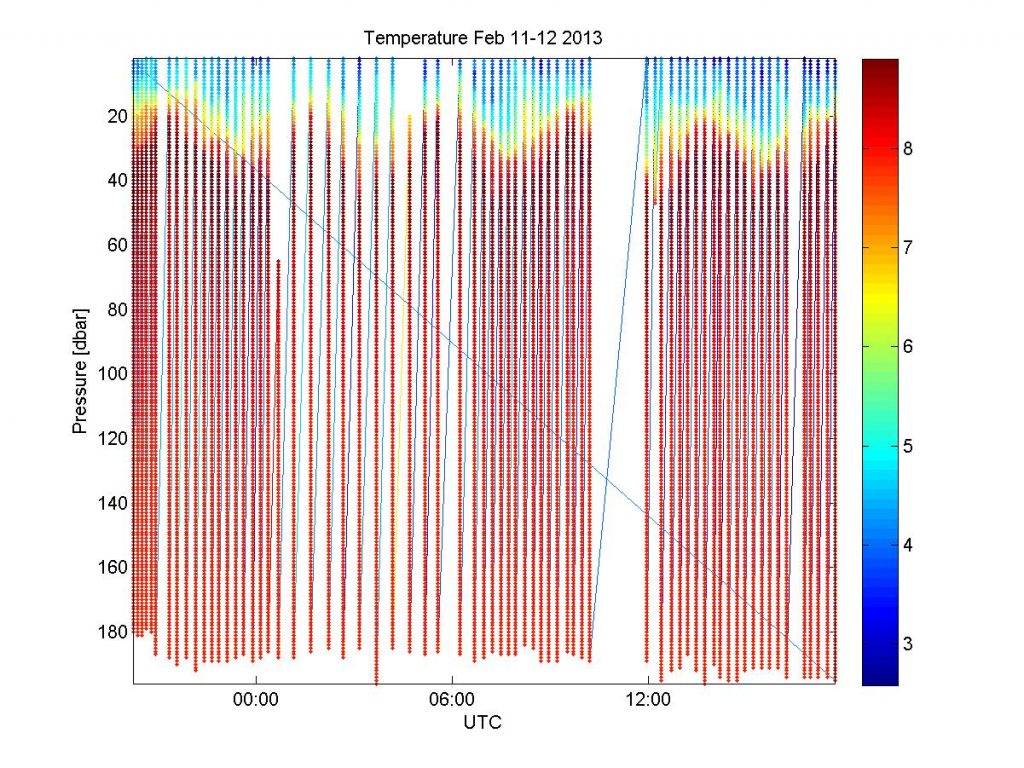Some of you have noticed that during January and February, I did not write a single blog post. The reason for that is that I was sick. Sick enough to not even want to take pictures of water for a while, and then still sick enough to take the pictures, but to only upload them to draft posts and not write the actual texts to go with that (even though in many cases that would only mean writing “look! how awesome!” or something like that).
Before I got really sick, I watched a couple of videos by one of my biggest and most awesome mentors, Marie Forleo. I always like her stuff and look forward to new videos every Tuesday, but this old one really hit a nerve with me. It’s about “burnout vs. time for a change”. Do yourself a favour and check it out!
In the video, Marie describes four “tests” that you can do to figure out whether you are burnt out (and urgently need a break from it all!) or whether it’s just time to move on and try something new. And two of those really resonated with me, and I’ll discuss them in my context:
1. The law test. The law test is what motivated the title of this blog post. Marie suggests I ask myself: If there was a law against blogging, would I protest it? And in the beginning, when I was very sick, my response was that I would actually be hugely relieved if there was a law against science blogs because it would take such a weight off my shoulders if I never had to write about oceanography ever again, and nobody else was allowed to, either. This really scared me, because even though that was what I thought at the time, I knew that it was completely unlike me to think that thought. Because I love blogging, and even if I didn’t, I would totally protest because I believe that blogging has an important role in science communication. But I realised that I really urgently needed to take some time off of blogging and social media and scicomm in order to find back to “real me”.
2. Time off. This second rule is about asking yourself when you last had taken substantial time off from whatever you are doing. And I realised: Never. I’ve been blogging for almost four years, and doing all kinds of other scicomm, and it’s something that I’ve really enjoyed all this time. But every time I walk outside and see a puddle or a lake, a river or the ocean, I want to take pictures and write about what I am seeing. But at some point, without realising it, wanting to take pictures and write about them had become having to do it, and having to do it became a burden that killed all the joy that I have always felt doing it. And that that meant that I really urgently needed to take some time off of blogging and social media and scicomm in order to find back to “real me”.
Are you seeing the pattern here? I did, so I took some time off. First I planned to just be gone over New Year’s, but then I got sick and it turned into two months away from the blog. And I am glad I did take that time off, even though I started to feel the itch to come back a lot earlier, because now I am back, and I am rested and full of new energy and new ideas, and I am excited to be back! :-)
P.S.: There are two more tests, the “80/20 rule” on how 20% of work cause 80% of stress, and “Natural strength” on whether we spend most of our time doing what we are good at and what comes easily. But the first two had given me all I needed to know already, so I am just mentioning the other two for reasons of completeness. You should go check out the video!
P.P.S.: I wasn’t sure whether I was going to write about being sick, and about being sick of blogging, but when I was looking through my saved drafts earlier today and thought about whether I should post them back-dated to fill the gap in my blogging record, I decided that no, I would not. I will leave that gap to remind myself that sometimes it is absolutely necessary to take a break, and that a break is not failure, but an opportunity to come back relaxed and stronger and more joyful than ever before. And that next time I should take the break a lot earlier, long before I feel like there should be a law against doing things that I love doing!

